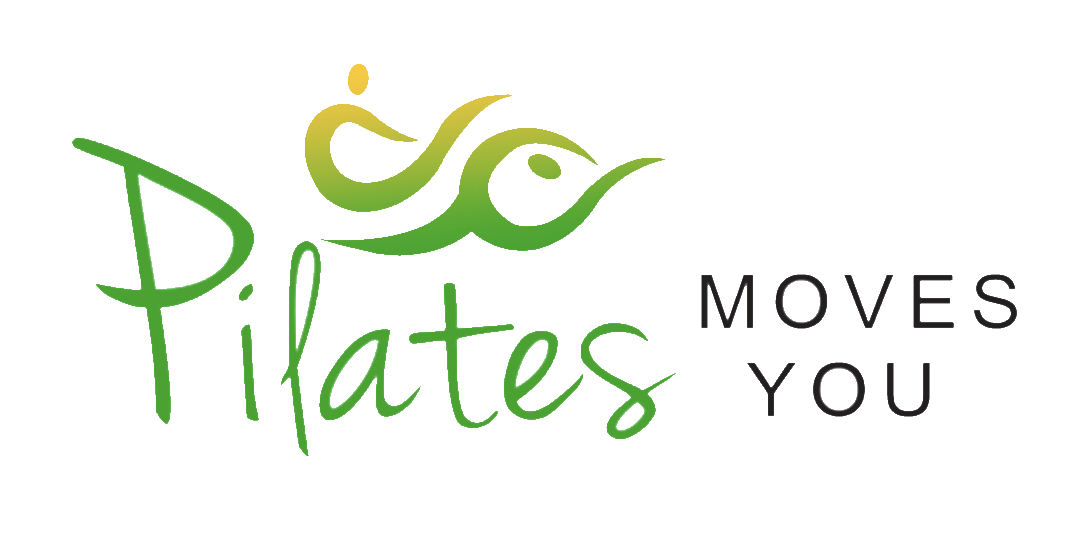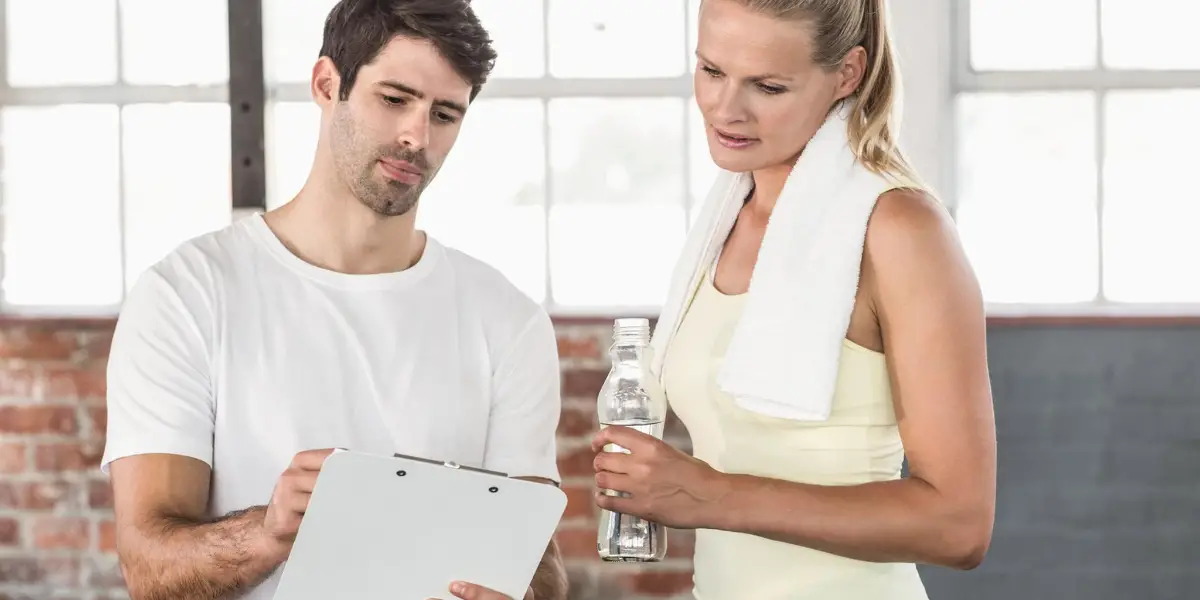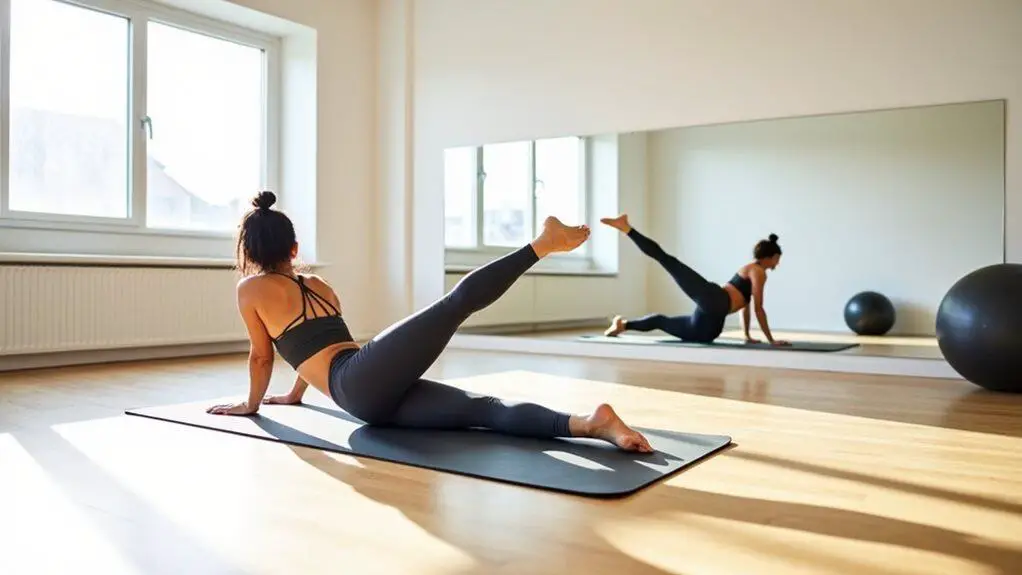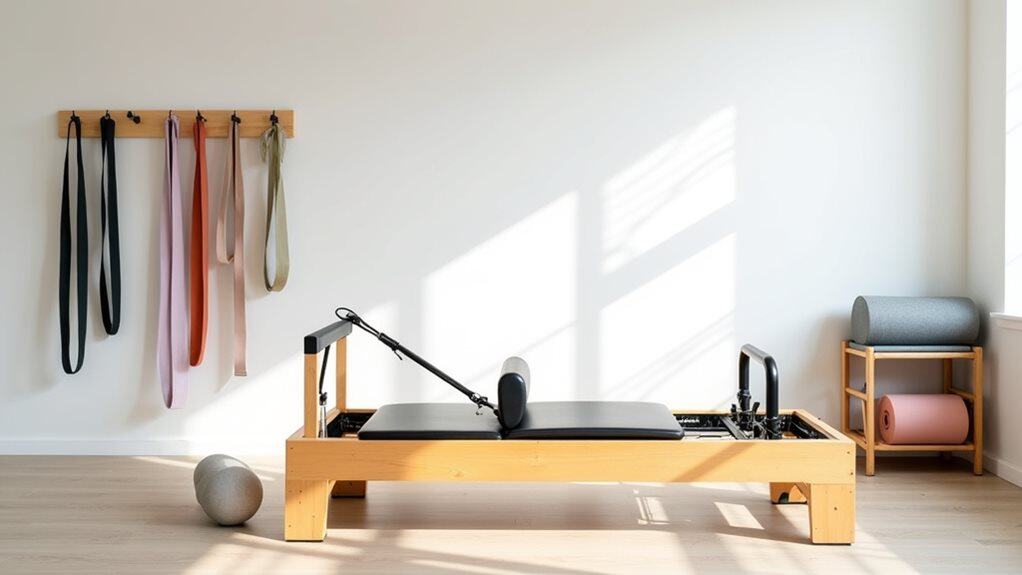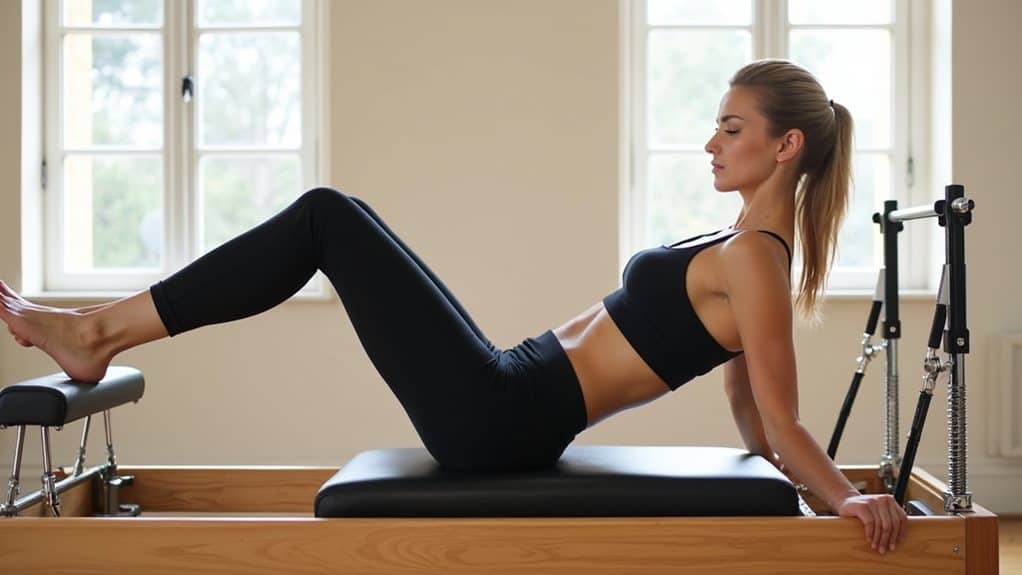You’ve heard all the amazing things about Pilates and are ready to dive in. When a new client comes to me with such eagerness, they inevitably want the know how long it will take to see results from Pilates. This is what I tell them:
Physical results from doing Pilates will be noticeable within three to eight weeks, depending on how often you work out. Mental changes will be felt much sooner, with most people feeling more energised, alert and happier after each Pilates session.
There are no quick fixes when it comes to physical and mental health, but if you put the work in and make Pilates part of your routine, you will experience positive physical and mental changes. Let’s take a closer look at what Pilates is and the changes you can expect.
What is Pilates?
Pilates is a fitness program that was developed by Joseph Pilates in the early 20th century. It has become popular today because of its ability to strengthen core muscles, improve spinal alignment, and improve posture. While many consider the main focus to be the improvement of core strength, Pilates also it improves wellbeing and general fitness.
You can do Pilates in small groups or one-on-one with a certified instructor, or even by yourself at home once you’ve learned the basics.
The most common form is mat exercises, but more advanced sessions take place in reformer classes which uses a specially design piece of equipment instead of a simple mat.
Can everyone do Pilates?
Pilates is a great way to strengthen your core and improve balance and because it can be modified for each individual, it doesn’t matter if you are young, old, or in between. Pilates can be done by anyone of any fitness level. It can help kickstart your journey into exercise or compliment high level athelete training.
If you currently don’t do any exercise you’ll find regular Pilates will lead to improved muscle strength and some weight loss.
For those doing other forms of exercise such as running or strength training, it can help augment your performance and is especially good as part of an active rest day.
In short, whatever your fitness goals and body type, if you’re at the beginner level or advanced level, you can benefit from the higher quality of life a regular Pilates exercise routine provides.
Home vs. studio workouts
For most Pilates, you only need a mat, which means it can be done almost anywhere. Many people take part in Pilates classes at a studio and once they’re confident they know what they’re doing they do additional workouts at home.
The benefits of a home workout are:
- No need to travel to a studio or pay for parking
- Do Pilates at the best time for you
- Do whatever type of Pilates you want
- No cost for the class (you can get lots of great classes free on YouTube)
The benefits of a studio workout are:
- Gain feedback from a qualified instructor
- Workout can be modified to your requirements/ability
- No distractions from home life
- Access to additional equipment
In general I’ve found most people like a mixture of both home and studio workouts. The direct feedback from instructors is vital to ensure you use proper form, once you have the technique it’s wonderful to take some time out when it suits you to get in additional practice.
Remember, when starting out you’ll need a mat and will use just your body weight, but you can also add additional challenge by using resistance bands or small hand weights.
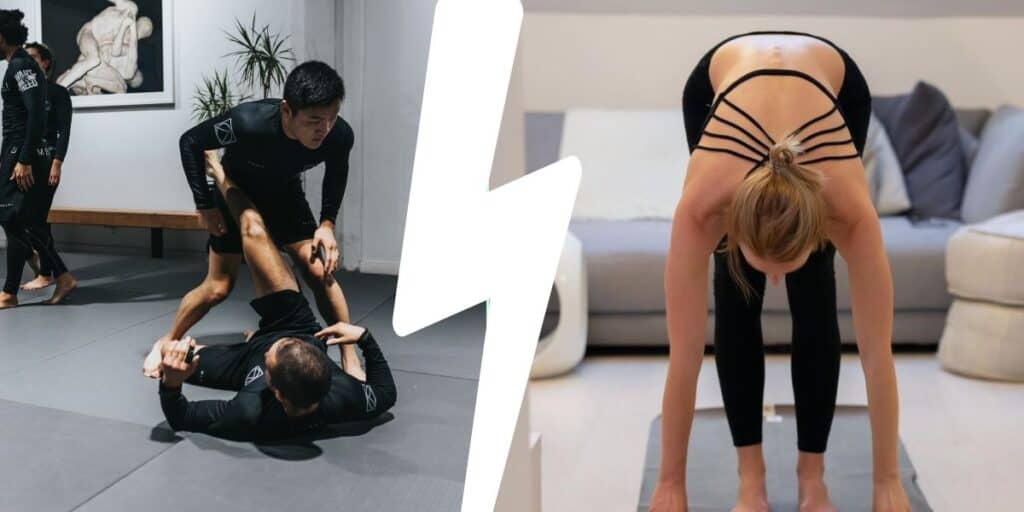
How long does it take to see results from Pilates?
There are a LOT of factors to answer this question: what is your current fitness level? How often are you doing Pilates? If your diet helping or hindering? And so on.
When I take on a new client, I typically start to see physical results after a few weeks. My client may not even realise progress has been made, but I’ll spot little things, for example they might be better at balancing, might have greater mobility or flexibility, or might be able to clear a higher number of reps in a routine.
It takes time to see results from Pilates. It is important to be patient and stay motivated, I think that you’re better off focusing on progress rather than time, check out my guide on how to track your progress: https://pilatesmovesyou.com/how-to-track-your-pilates-progress/
Of course the more you do, the quicker you’ll see the results!
How many sessions of Pilates is needed?
I, like most Pilates instructors, offer clients a bulk purchase of lessons. Why? Because you need regular Pilates sessions to gain benefits. Joseph Pilates famously said:
“In 10 sessions you’ll feel the difference, in 20 sessions you’ll see a difference, and in 30 sessions you’ll have a whole new body”
Joseph Pilates
Attending a single session or group class will give you a better idea of what Pilates is, but to see real change, commit to a block of lessons. This benefits not only your health, but your bank balance will thank you as well, as bulk buying classes is usually cheaper than buying a single session.
Benefits of more frequent Pilates
Incorporating Pilates into your life just once a week will provide positive changes. You’ll get a mental boost on the day of your session, will gain greater body awareness and it can help those with lower back pain.
If you’re keen to see physical changes you’ll be pleased to know research has found that 20 weeks of twice-weekly sessions resulted in significant changes in body composition*
Of course there is nothing stopping you from doing Pilates 3 or more days a week. You find you gain the following benefits:
- Helps to increase flexibility
- Improves your range of motion
- Strengthens your core
- Improves posture
- Boosts your energy levels
- Reduces stress
What kind of changes can you expect from Pilates?
Pilates is a type of physical exercise that helps you to feel healthier and more mentally focused. You can expect to have a taller frame, less weight on your body, and stronger muscles.
While the core muscles are given a workout during Pilates, they also help to increase flexibility in your body.
It’s not just the core muscles that are given a workout, Pilates is an exercise program that includes your abdominal muscles, lower back, hips, and glutes. It’s beneficial for overall health as well as performance-based results such as improved agility and focus on the field or in sports.
Toning your muscles will improve the speed at which you burn fat, if you stick with while also maintaining a healthy diet, then you can transform your body shape in a couple of months.
Quality over quantity
This is a very important point to consider if you’re planning on doing Pilates alone, getting it right is a lot more important than doing a lot of Pilates. In fact, doing it wrong could result in injury. Remember: Quality is more important than quantity.
If you’re new to Pilates I strongly recommend booking in sessions with a trained professional, usually found at a local gym or Pilates studio, who can guide your through the basics and ensure you’re maintaining the proper forms.
The initial focus will be on making sure you can maintain the proper positions rather than blasting through lots of positions incorrectly.
Depending on your mobility and flexibility, the instructor may need to modify each position to suit your current level. You won’t get that sort of feedback from an online pre-recorded video which is why it’s crucial to seek professional tuition until you’re comfortable with the basics.
In conclusion, Pilates is one of the most effective exercises out there when it comes to improving your general fitness. Make it part of your weekly routine and you will achieve positive changes both phically and mentally.
*Source: https://www.scielo.br/j/rbme/a/3ZpmQnYXrhpZGzrsz5KxhQH/?format=pdf&lang=en
